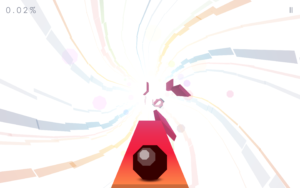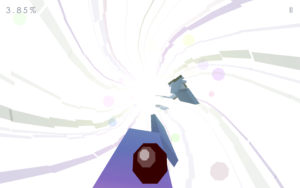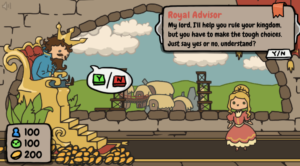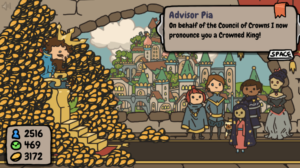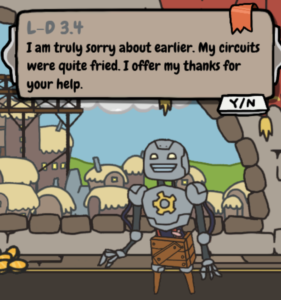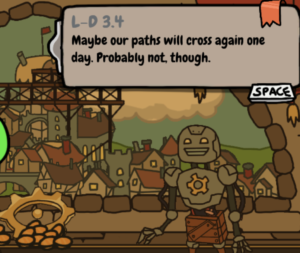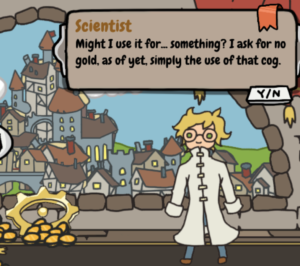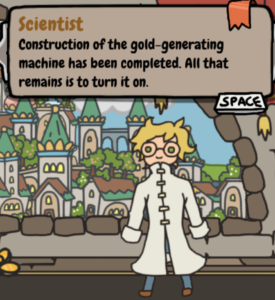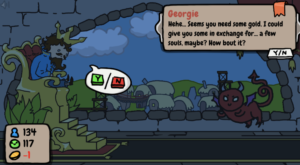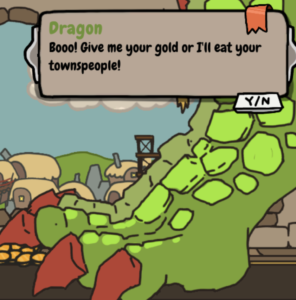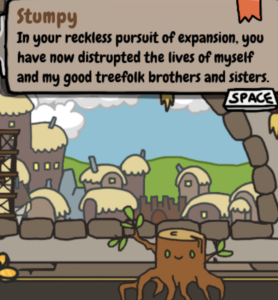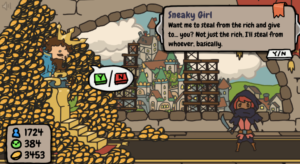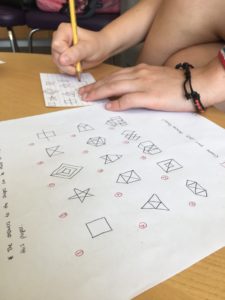The Witness is a 3D puzzle adventure game designed by Jonathan Blow with Thekla. It was published in the United States in 2016. The game involves the exploration of a fantastical open-world island filled with nature and man-made structures. The single player, an unnamed character, has as his/her main objective to solve all the puzzles hidden in panels all around the environment.


The player is only able to progress in the game if the puzzles are solved. They are the ones that unlock doors, gates, paths, and other puzzles. However, the game never uses verbal communication to explain how a puzzle must be solved. Instead, the player must figure out the rules by trial and error. The main clues given in panels are maze-like routes, big circular starting points, and small rounded ends. In the initial stages of the game, I encountered a closed door with a panel puzzle that had two starting points, three black squares, three white squares, and two ending points. I connected the maze with a glowing path but failed to unlock the door. The glowing path became dim as I connected it to the endpoint. The game didn’t say anything, but I knew it wasn’t the correct way to solve the puzzle. Immediately, I retraced my glowing blue path. The goal of The Witness is not always to complete the maze but to find the right path that completes the maze. In some cases, the puzzle requires two glowing paths. In other cases, the puzzle requires a mirrored path. And sometimes, it needs the surrounding environment. The player must figure out how to find the right starting point, the right ending point, and the correct way.

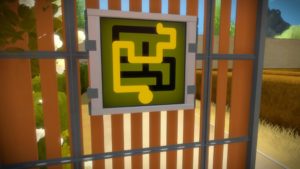
The rules regarding the solving of the puzzle are simple. The player must solve the puzzles in order, must solve them correctly, and must keep within the constraints of the panel. I believe it is very interesting to compare The Witness to the physical game I created for the first assignment: Pattern Doodle. My game’s rules were pretty similar. You had to solve the puzzles in order, trace them correctly, and not lift the pen from the paper. In my game, I ran into several problems with these rules. There was no actual way of checking if the player was doing it correctly if the player wasn’t cheating, or sticking to the constraints. It was very interesting to see how this the digitalizing of the game was able to fix the problems regarding the rule constraints that I was having. For The Witness, a puzzle will not unlock or appear on the screen unless the previous one is solved, if it is solved in an incorrect manner it will simply flash red, and the mouse cannot go beyond the lines stated by the panel.
Nonetheless, the game is not all about the puzzles. It is also about the designed space it takes place in. In The Witness, the player is teleported to a beautiful island. One can spend hours walking around admiring the scenery and ignoring the six hundred and fifty puzzles the game has. There is no time limit or a specific path that one must take to complete the puzzles. One of the times that I played, I just decided to explore the different settings, climates, and architecture. I stumbled upon an abandoned castle, an orange orchard, a bamboo forest, a pink meadow, and a blue ocean. The models, colors, and graphics are so beautifully put together that one can roam around calmly. Even the background music is soothing. Once in a while, the music might change to more rapid tense tones, but it will only happen when solving difficult puzzles.


The fact that the game space allows the user to walk freely alters one of the traditional mechanics of digital games. Usually, when one thinks of a digital game, one thinks that play is happening all the time. But in The Witness, there is a distinction between play spaces in the world. I think that play in this game does not happen when walking around the world. I believe it only happens when reaching a puzzle and solving it. Still. even if the game never instructs the player to approach a puzzle panel, they do stand out in a way that calls for interaction. There is a good balance between play and non-play spaces in the game. The game provides visual clues through power cables that light up and connect panels together. These two visual details teach players how to find puzzles to solve.
The Witness is a game with a meaning I am not yet sure of. The game drives the player to go up to panels, test hypotheses, and be told if their solution is right or wrong. And that is pretty much how it goes all throughout the game. After solving each puzzle, the player is left triumphant, but at the same time lonely. There is nothing and no one around. The player is found inside a beautiful place where there is no true interaction. One cannot swim, cannot jump off ledges, cannot sit, and cannot run. One can only solve puzzles, walk, listen, and admire.

As I was playing the game and had finished solving a very hard symmetric puzzle, I stumbled upon a tape recorder on the floor. I approached it and clicked on it. A one minute audio of All About Heaven by Yung-Chia Ta-Shih recorded by a female voice began playing. The audio talked about nature, inner light, the meaning of life, and the self. Listening to it with an impressive view in front of me truly took me aback. The beautiful passage kept me thinking and pushed me to connect it to the game and its objectives. For one second I forgot about the puzzles.
The problem is that I still don’t know what they mean. One can go through the game without even listening to a single one of the sixteen recordings hidden in the game. I don’t know what is the truth behind them or how they will connect to the game as I progress.. Am I the witness? Is my unnamed character the witness? Is the island the witness? What will happen next? All I know is that this digital game does a great job in hiding its meaning in its space. But I am hoping to find out what it is.
